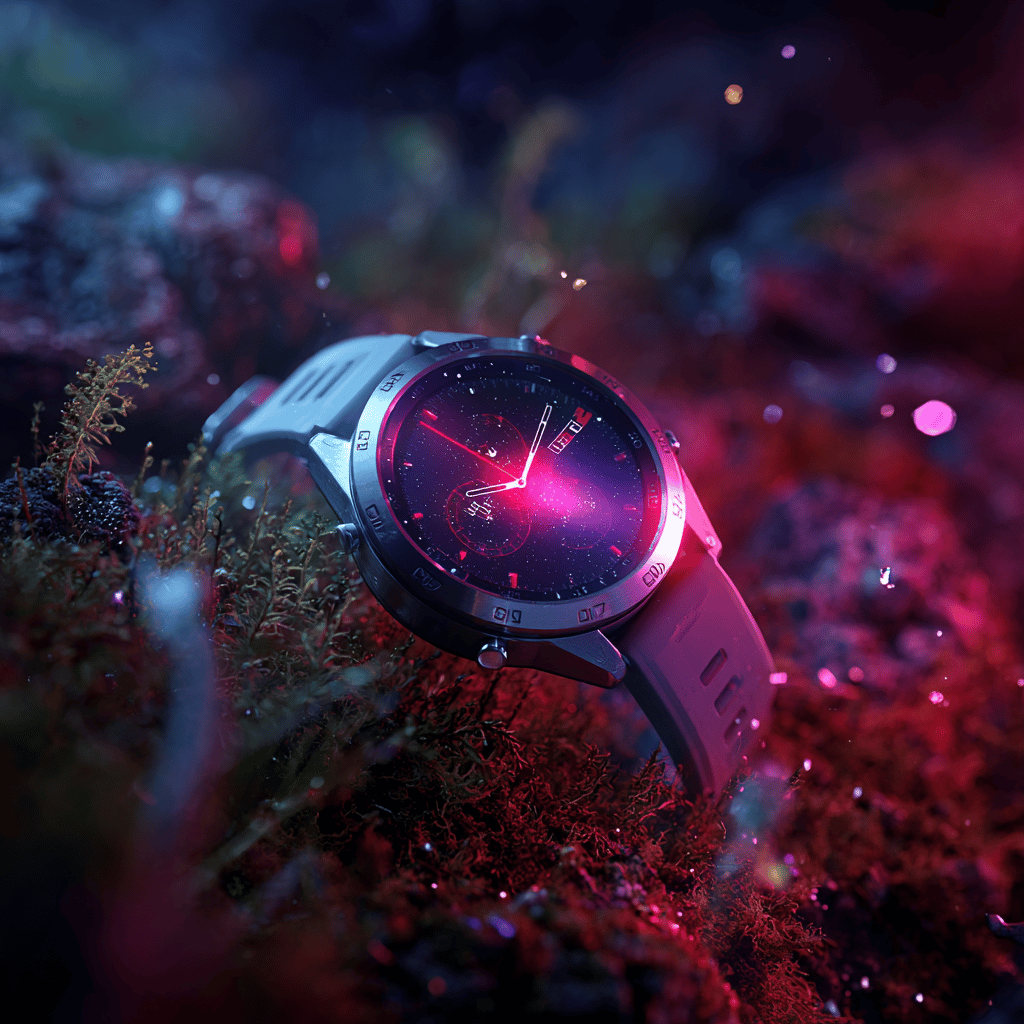Garmin has officially unveiled its highly anticipated Fenix 8 Pro series, a flagship line of smartwatches that represents one of the company’s most significant leaps forward in recent years. The standout feature of this new collection is the addition of both cellular and satellite connectivity, made possible through Garmin’s proprietary InReach technology. This innovation fundamentally transforms how owners can rely on their devices, enabling them to stay connected even in remote locations without the constant need for a paired smartphone. Complementing this leap in communication capabilities, Garmin has also introduced a cutting-edge MicroLED display variant, capable of dazzling peak brightness levels of up to 4,500 nits, ensuring remarkable readability even in direct sunlight or challenging outdoor conditions. However, such pioneering features come at a premium cost. The Fenix 8 Pro line begins at $1,199.99, while the advanced MicroLED edition commands a striking price of $1,999.99, placing it firmly in the ultra-premium tier of wearable technology.
The crucial development here is Garmin’s decision to integrate both cellular and satellite functionalities directly into the Fenix 8 Pro, making it possible for users to leave their phones behind without sacrificing core communication and safety utilities. Nevertheless, there are important limitations worth highlighting. Garmin’s cellular connectivity operates on LTE-M networks, which differ in scope and capability compared to conventional mobile services. Specifically, according to Garmin’s official documentation, these watches provide a data connection but do not include an individual phone number, which means they cannot make standard voice calls or send traditional SMS messages. Instead, communication is routed through Garmin’s own platform. To contact others, users must either connect with fellow Fenix 8 Pro owners or engage with contacts who have installed the Garmin Messenger app, an application introduced the previous year to expand the company’s communication ecosystem.
Even with these constraints, cellular connectivity still delivers a useful set of features. Through the Garmin Messenger app, wearers can record and transmit voice clips of up to 30 seconds, a feature that blends immediacy with practicality for adventurers in the field. The cellular connection also supports LiveTrack, allowing friends, family, or teammates to monitor location in real time, and grants access to dynamic weather forecasting, another vital tool for athletes and explorers. Meanwhile, satellite connectivity broadens these abilities even further by offering two-way text messaging through Garmin Messenger and enabling check-ins from virtually anywhere on the planet. Emergency preparedness is another cornerstone of the design. Whether connected via satellite or cellular, owners can issue SOS requests, which are routed to the Garmin Response center. From there, information is relayed to the appropriate emergency services, search-and-rescue teams, or designated emergency contacts, thus providing critical reassurance in life-threatening circumstances.
As expected, access to these advanced capabilities requires an ongoing subscription. Pricing begins at $7.99 per month, although Garmin has taken steps to reduce the barrier to entry for new subscribers. According to Garmin spokesperson Natalie Miller, owners of the Fenix 8 Pro will have the standard InReach activation fee waived, while first-time customers will also be granted a complimentary 30-day trial period. That said, it is important to note that LTE coverage and satellite service do not extend uniformly across all regions. Availability remains dependent on local infrastructure and geographic limitations, and prospective buyers will need to consult Garmin’s coverage maps to determine reliability in their areas of travel.
This development also speaks to a broader strategic challenge Garmin has faced within the smartwatch sector. The company’s devices have long been favored by professional athletes, endurance runners, climbers, and outdoor enthusiasts due to their unparalleled durability, extensive training metrics, and industry-leading battery performance. Yet, Garmin has trailed behind general-purpose wearables such as the Apple Watch Ultra and Samsung Galaxy Watch Ultra in one crucial respect: fully independent connectivity. By seamlessly integrating cellular and satellite services, Apple and Samsung managed to provide users with a phone-free experience, not only enhancing convenience but also reinforcing safety with always-available communication. While Garmin’s current approach does not yet match the universal reach of mainstream cellular-enabled smartwatches, it represents a pragmatic move forward. The solution leverages the company’s established InReach framework, which reduces reliance on complex negotiations with telecom carriers and helps close an important competitive gap.
It is also worth recognizing the lineage of Garmin’s wearable portfolio leading to this point. Prior to the launch of the Fenix 8 Pro, Garmin offered only limited connectivity options in select models, most notably the Forerunner 945 LTE, first released in 2021, and the Bounce, a children’s tracker with basic communication capabilities. The introduction of the Fenix 8 Pro represents not only an evolutionary step but arguably a more ambitious attempt to merge Garmin’s reputation for rugged outdoor gear with the modern expectations of hands-free communication.
Turning to hardware specifications, Garmin has designed the Fenix 8 Pro range in two distinct sizes: 47mm and 51mm. For customers selecting the OLED variants, the estimated battery life is a remarkable 27 days under standard conditions, a figure that underscores Garmin’s traditional strength in endurance performance. The pricing is scaled by size, with the 47mm option retailing at $1,199.99, while the larger 51mm model is priced at $1,299.99. The premium MicroLED edition, which is exclusively available in the 51mm size, will offer up to 10 days of usage on a single charge. Although its battery longevity is reduced compared to the OLED versions, the immense clarity and brightness of the MicroLED screen are expected to appeal to professionals operating in extreme lighting environments. All models in the Fenix 8 Pro lineup are scheduled for official release on September 8th.
In summary, the Fenix 8 Pro family signifies Garmin’s boldest effort yet to offer a truly connected, phone-independent smartwatch tailored for adventurers and high-performance users. While not flawless, the combination of cellular and satellite services, complemented by advanced display technology and Garmin’s hallmark emphasis on endurance and resilience, ensures that these devices will resonate strongly with athletes, explorers, and anyone seeking reliable independence in challenging environments.
Sourse: https://www.theverge.com/news/770034/garmin-fenix-8-pro-satellite-lte-microled-price



